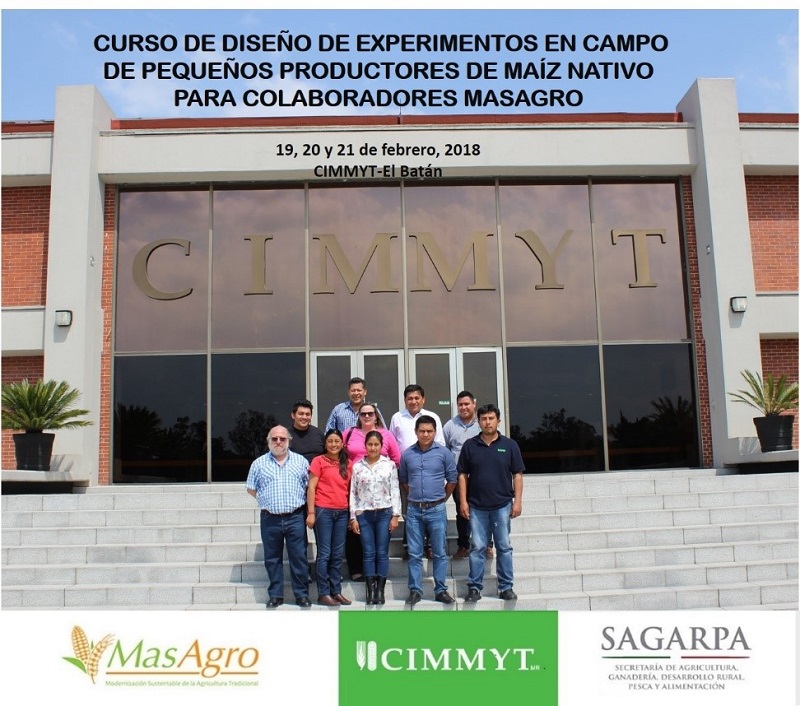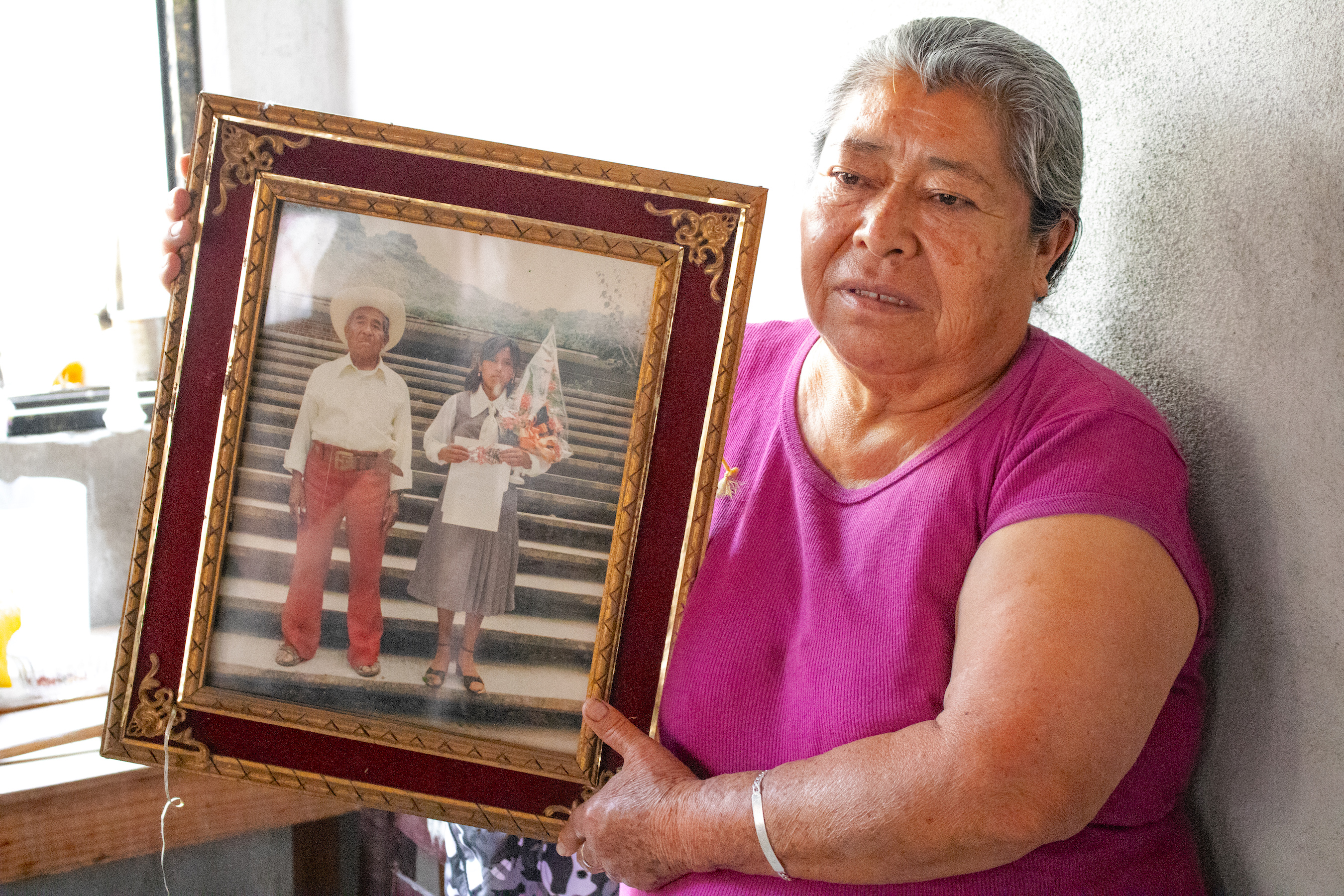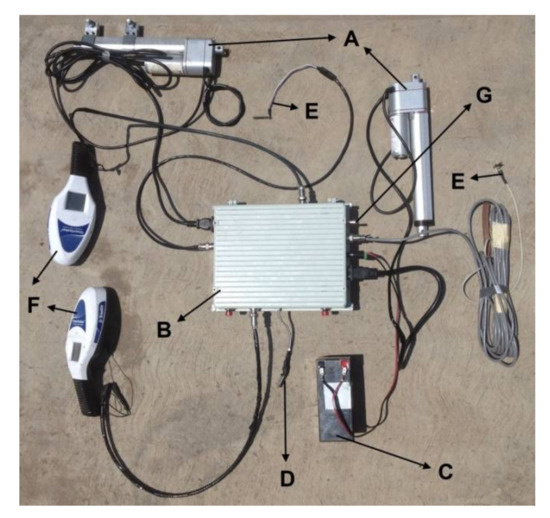 As part of the efforts of the Sustainable Modernization of Traditional Agriculture (MasAgro) program aimed at improving food security based on maize landraces in marginal areas of the state of Oaxaca, Mexico, a workshop on trial design was held from 19-21 February to improve the precision of data on improved maize landraces in smallholder farmers’ fields. Attending the workshop were partners from the National Forestry, Agriculture and Livestock Research Institute (INIFAP) and the Southern Regional University Center of the Autonomous University of Chapingo (UACh).
As part of the efforts of the Sustainable Modernization of Traditional Agriculture (MasAgro) program aimed at improving food security based on maize landraces in marginal areas of the state of Oaxaca, Mexico, a workshop on trial design was held from 19-21 February to improve the precision of data on improved maize landraces in smallholder farmers’ fields. Attending the workshop were partners from the National Forestry, Agriculture and Livestock Research Institute (INIFAP) and the Southern Regional University Center of the Autonomous University of Chapingo (UACh).
The objective was to continue to have positive impacts on the marginalized communities of Oaxaca, by adapting to the hillside conditions and poor, uneven and broken up soils that often characterize the plots of farmers who grow maize landraces. The very varied trial designs in farmers’ fields, plus the varied population structure of maize landraces make it difficult for scientists to create efficient designs.
The training workshop was led by Dr. Martha Willcox, CIMMYT Maize Landrace program, and designed by Dr. Juan Burgueño and Mr. Claudio Ayala, who sought to facilitate breeding research in smallholder farmers’ fields and to continue to work for the benefit of more than 400 Oaxacan farmers. The project’s multi-disciplinary base includes genetic improvement, agronomic management and biostatistics in order to generate greater value and scientifically confirm the benefits that are being achieved in the fields of the country’s poorest farmers.
It should be noted that during the four years that MasAgro has worked on participatory breeding (2014-2017), INIFAP, UACh and CIMMYT have found that in marginalized communities, maize landraces with the characteristics mentioned above not only yield more, but also generate higher returns on investments, which benefits farmers. Smallholder farmers grow maize in many ecological niches outside the areas most favorable for intensive commercial agriculture and in areas where hybrid improvement programs have not been introduced or worked due to the extreme conditions, including fog, drought and disease. Maize landraces are better adapted to those areas and have the culinary qualities needed to make every-day and festive local dishes.
In addition, not only has maize production for home consumption improved, but farmers are now linked to gastronomic markets. During project years and with its help, maize began to be exported, with 10,000 kilograms exported in 2014 and more than 900,000 kg exported in 2017.

 Environmental health and biodiversity
Environmental health and biodiversity 

